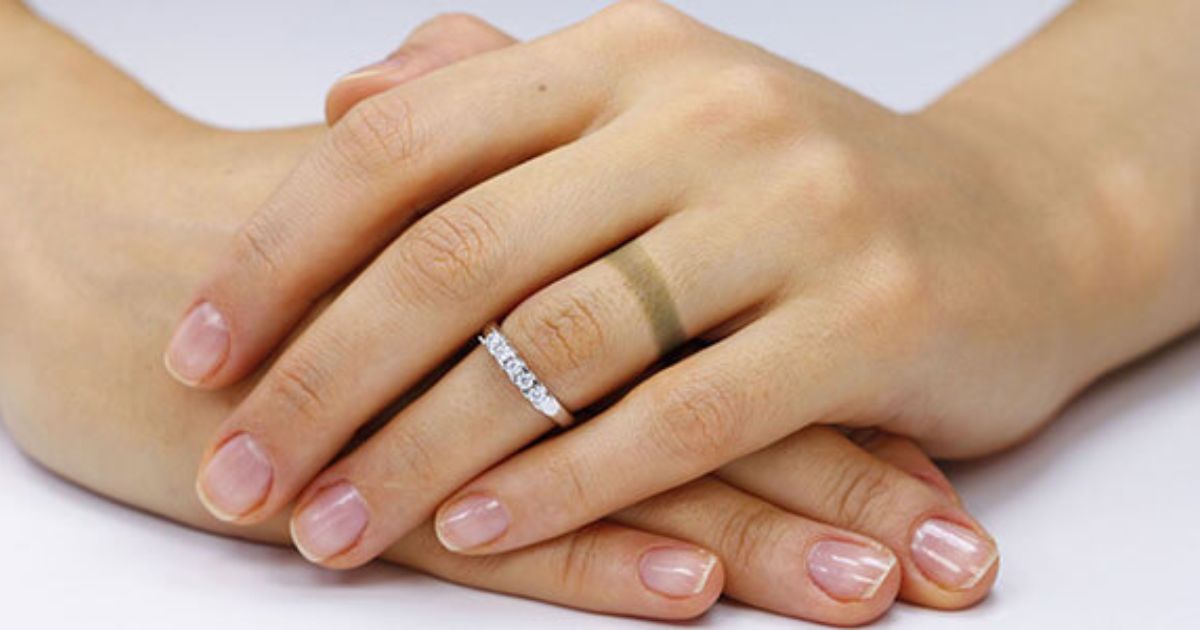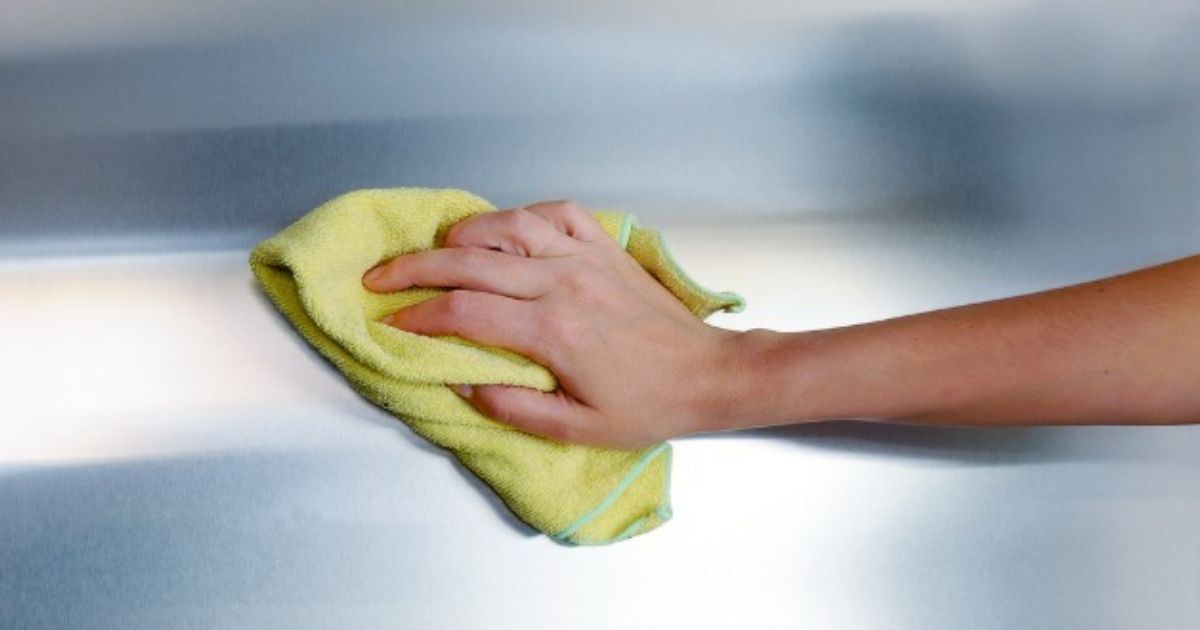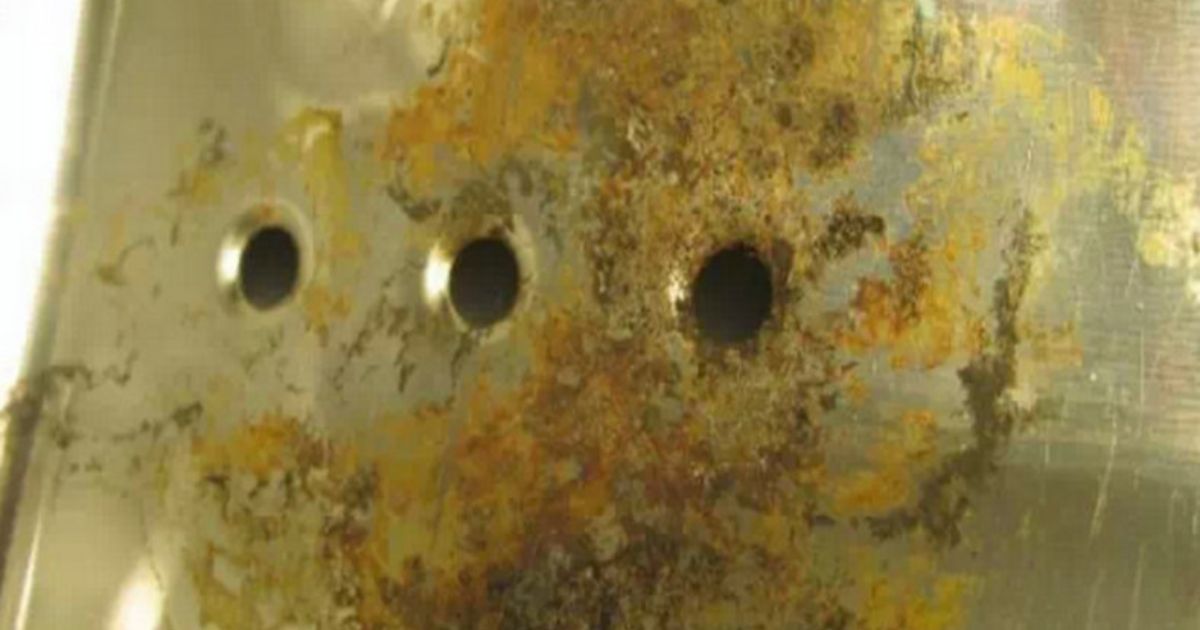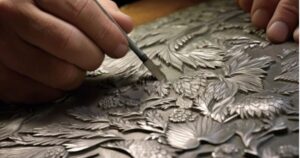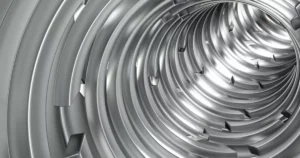Stainless steel, a popular material known for its durability and resistance to corrosion, often raises a curious question: does stainless steel turn green? The short answer is no, stainless steel does not typically turn green. However, under certain conditions, it may appear to change color. Let’s delve deeper into this intriguing topic.
Hold on, before you dismiss the idea of green stainless steel as a myth, consider this: while stainless steel itself doesn’t turn green, factors like environmental conditions, wear and tear, and the presence of other metals can create a greenish hue on its surface. Intrigued? Let’s embark on this journey to understand why.
Stainless steel’s resistance to discoloration and rust is due to the presence of chromium. However, when stainless steel comes into contact with acidic substances or corrosive environments, it can develop a thin film or ‘patina’ that may appear green. This is not a sign of the steel turning green, but rather an external effect.
What Causes Stainless Steel to Change Color?
Stainless steel derives its corrosion and stain-resistant properties from the presence of chromium – at least 10.5%. This chromium-rich oxide layer protects the steel from damage. However, under certain conditions, this protective layer can break down.
When the oxide layer breaks down and underlying steel molecules are exposed, they can start to oxidize or corrode leading to discoloration or staining on the steel’s surface.
This is why under the right conditions, stainless steel is still susceptible to some staining and corrosion issues. Let’s explore what leads to the greenish discoloration more specifically.
Factors Causing Discoloration
The main factors that can cause stainless steel to turn green include:
- Exposure to chlorides
- Low oxygen environments
- Deposits of dirt and debris
- Scratches
- High temperature
| Type of Factor | How it Causes Discoloration |
| Chlorides | Destroy the protective chromium oxide layer |
| Low Oxygen | Prevents reformation of the protective layer |
| Dirt/Debris | Creates crevices and abrasions in the surface |
| Scratches | Exposes unprotected steel molecules |
| High Temps | Accelerates corrosion reactions |
When is Stainless Steel Most Vulnerable?
Stainless steel is most vulnerable to corrosion and discoloration when the protective chromium oxide layer is damaged or unable to reform. How to tell if a screw is stainless steel? This vulnerability is heightened in specific environments and under certain conditions. Coastal areas with their high salt content, applications that involve regular exposure to chlorides such as bleach and salts, places with poor air circulation, and crevices or joints where oxygen is limited, all pose significant risks.
Inadequate cleansing that leaves dirt and debris on the steel can further exacerbate the trouble. While stainless steel is inherently greater resistant to corrosion than carbon metallic, these conditions can lead to the breakdown of its protective oxide layer, making it prone to damage.
Does Green Rust on Stainless Steel Mean?
Green rust forming on stainless steel is a result of chloride-induced corrosion.
Chlorides from sea spray, salt, bleach, and other sources destroy the chromium oxide layer leading to rapid iron corrosion.
The resulting corrosion on stainless steel often appears light green or blue-green, earning it the name “green rust”. It signals active corrosion is taking place on the metal’s surface.
The Composition of Stainless Steel
Stainless steel is an alloy composed primarily of iron, with a significant percentage of chromium (usually at least 10.5%) and smaller amounts of other elements like nickel, manganese, and carbon. The chromium forms a protective layer of chromium oxide on the steel’s surface, which prevents it from rusting or turning green.
Why Does Stainless Steel Appear Green?
Stainless metallic does not obviously turn green, however under precise situations, it can showcase a greenish hue. This discoloration can occur while the cloth is uncovered to corrosive environments, including those with high acidity or salinity, which could cause the formation of a greenish patina on its floor.
Additionally, when stainless-steel comes into contact with different metals, which includes copper or brass, chemical reactions may set off a greenish coloration. Moreover, put on and tear over the years can scratch and harm the protective chromium oxide layer that shields chrome steel, exposing the underlying metal to the elements and probably inflicting discoloration.
Preventing Green Corrosion on Stainless Steel
To make sure the corrosion resistance of stainless-steel and avoid the arrival of inexperienced rust, it’s critical to undertake numerous preventive measures. Regular cleansing with alkaline-based cleaners is critical to get rid of dust, salt, and particles that would result in corrosive deposits. The technique of passivation, which involves using citric or nitric acid answers, enables reform the protecting chromium oxide layer on the metallic’s surface.
Sealing any scratches or nicks that reveal the bare metallic with coatings can similarly shield towards corrosion. Managing chloride degrees through warding off bleach and limiting salt publicity is also crucial to manipulate chloride attack. Ensuring proper airflow around chrome steel surfaces facilitates prevent the formation of oxygen-starved crevices that would inhibit floor passivation. By following those practical precautions, stainless-steel can maintain its high corrosion resistance and remain free from green rust discoloration.
FAQs:
How do I remove green rust from stainless steel?
Use abrasives, alkaline cleaners, and passivating acid solutions. Severe cases may require abrasive blasting and metal preparation before re-passivating.
Does green rust on stainless steel compromise its structural integrity?
Surface discoloration is mainly a cosmetic issue. But over time extensive unchecked corrosion can lead to loss of strength and function.
Does real stainless steel turn green?
sure, actual chrome steel can flip inexperienced due to oxidation or exposure to positive chemicals.
What metal does not turn skin green?
Metals like titanium and platinum typically do not cause pores and skin discoloration.
What causes green on stainless steel?
inexperienced on chrome steel can result from corrosion or response to environmental elements.
Can you wear stainless steel in the shower?
chrome steel is typically secure to put on within the shower due to its corrosion resistance.
Conclusion:
In conclusion, stainless steel itself does not naturally turn green. The green discoloration sometimes seen on stainless steel surfaces is caused by external factors leading to oxidation or patina. This can happen if the protective chromium oxide layer that gives stainless steel its anti-corrosion properties gets damaged.
Exposure to high humidity, high temperatures, salt water, acids, or certain metal alloys can destroy this layer. This allows oxygen to react with the stainless steel underneath, forming compounds that show up as greenish rust or patina. So in essence, it is not the stainless steel that turns green, but rather the oxidation on its surface that appears greenish.
Proper care is needed to prevent scratches, limit chemical exposure, and maintain surface finish to preserve the protective oxide barrier. If these measures are taken, quality stainless steel will be retained.
